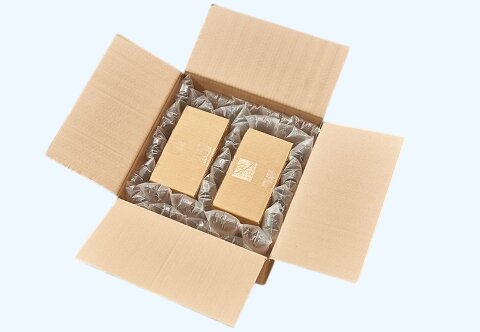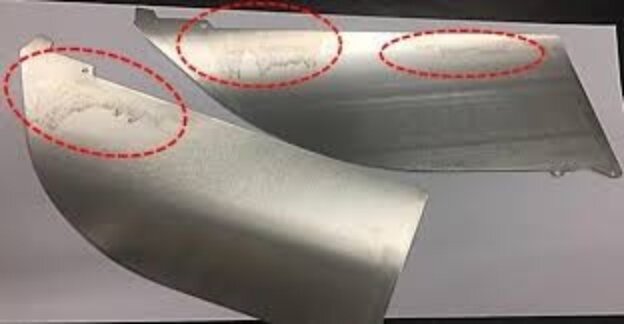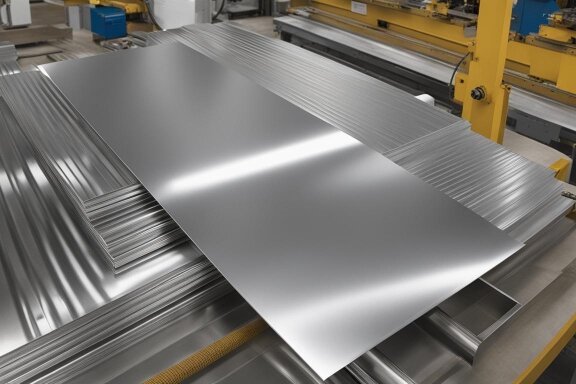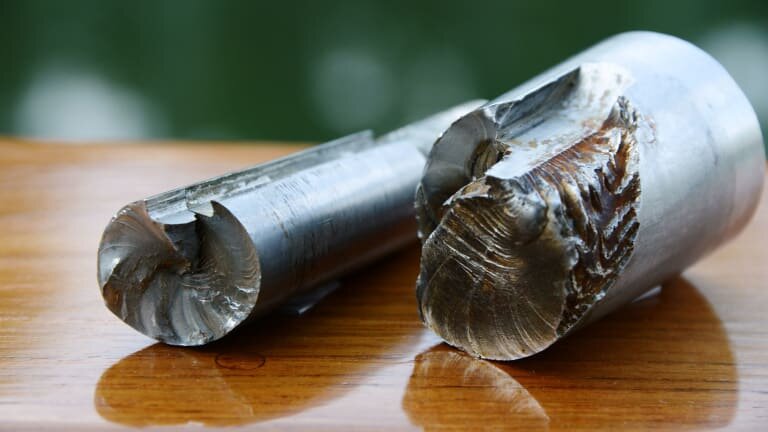スポット溶接は、金属部品の接合に広く使われている技術です。速く、効率的で、費用効果が高い。しかし、どのように機能するのか、どのような場合にプロジェクトに適しているのか、疑問に思う方も多いでしょう。ここでは、その仕組みについて説明しよう。
スポット溶接は、自動車製造や板金加工業界で広く使用されている。大量生産における薄い金属板の接合に最適です。このプロセスがどのように機能し、どのような場合に最適なのかを探ってみましょう。
スポット溶接とは何ですか?
スポット溶接は 抵抗溶接 金属板の接合に使用される。2枚の金属の接点に熱を加えることで機能する。この熱は、大電流が金属を通過するときに発生する。熱は接触点の金属を溶かし、溶接を形成する。
このプロセスでは、2つの銅合金電極を使用する。これらの電極は、金属板をつなぎ合わせるために圧力をかけながら、小さなスポットに電流を集中させる。加圧により、溶接中のシートは所定の位置に保持される。スポット溶接は通常、厚さ0.5~3ミリの板に使用される。
スポット溶接のステップ・バイ・ステップ
スポット溶接は、薄い金属板を接合するためのシンプルかつ効率的なプロセスです。ここでは、その仕組みについて順を追って説明する。
スポット溶接のための材料の準備
最初のステップでは、金属板を準備する。錆や油、汚れがなく、きれいでなければならない。こうすることで、電気的接続が強固になり、きれいな溶接が可能になる。
スポット溶接機の設置
次に、スポット溶接機がセットアップされる。金属板を正しい位置にクランプするため、2つの電極が位置合わせされる。電流の強さや時間など、機械の設定は材料の種類と厚さに基づいて調整される。
電極とワークの位置決め
材料と機械の準備ができたら、金属板を電極の間に配置する。溶接中の位置ずれを防ぐため、金属板は適切に位置合わせされなければならない。
圧力と熱を加える
電極が金属板を押さえ、圧力をかける。その後、電極に電流を流します。この電流が接触点に熱を発生させ、金属を溶かして強固な溶接部を形成する。
溶接の冷却
最後に、溶接部を冷却する。接合部が適切に凝固するよう、電極は短時間その場にとどまる。冷却後、金属板はしっかりと接合される。
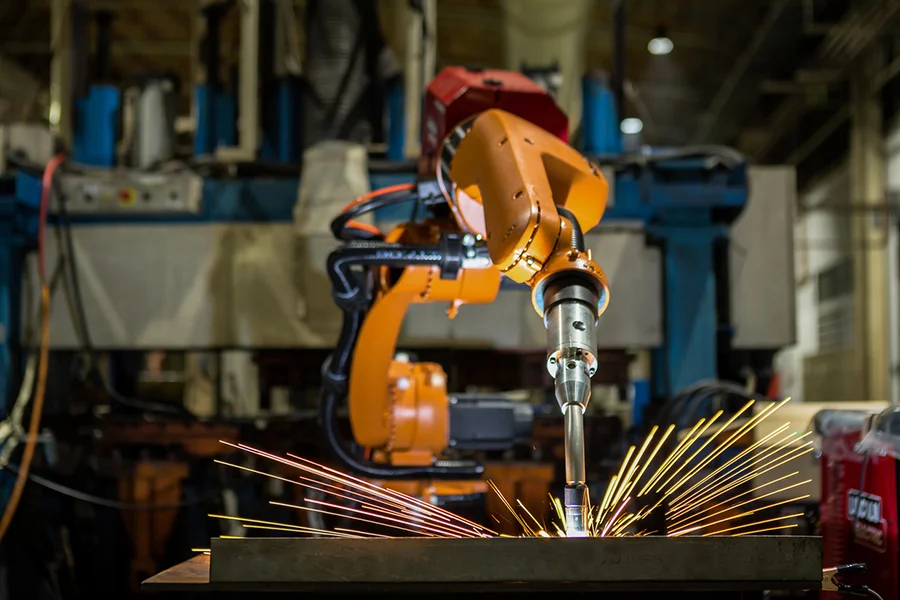
スポット溶接機の種類
スポット溶接機にはさまざまなタイプがあり、それぞれがさまざまな用途に適しています。ここでは、最も一般的なものを紹介する。
手動スポット溶接機
手動スポット溶接機では、オペレーターがプロセスを制御する必要がある。ユーザーは手動でワークを電極の間に置き、機械を作動させる。これらの機械は、小規模生産、修理、少量生産によく使用される。
半自動スポット溶接機
半自動スポット溶接機では、機械が溶接プロセスを制御している間、オペレーターが材料をセットすることができる。電流と加圧は機械が自動的に行う。これらの機械は、手動のものよりも速く、安定性が高いため、中規模生産に最適です。
全自動スポット溶接機
全自動スポット溶接機は、人の介入をほとんど必要としません。一度セットアップすれば、これらの機械は大量の作業を正確かつ効率的に処理することができます。スピードと一貫性が重要な自動車生産ラインのような大量生産環境でよく使用されます。
スポット溶接の品質を左右する要因
スポット溶接の性能には、いくつかの要因が影響する。溶接の品質と強度に影響する主な要素を検討しよう。
素材の厚さと種類
溶接工程は、材料が異なると大きく変化する。厚い金属は、適切な融合のために、より高い 電流レベルとより長い溶接時間を必要とする。鉄鋼は標準的なスポット溶接パラメーターによく反応するが、アルミニウムやその他の非鉄金属は特殊な設定が必要な場合が多い。
電極の力と圧力
圧力が不十分だと電気的接触が悪くなり、結合が弱くなる。過剰な力は金属を変形させ、電流密度を低下させます。理想的な圧力は、適切な電流の流れを可能にしながら、材料間の親密な接触を作り出します。材料の厚さにもよりますが、ほとんどの用途では1.5~4 kNの圧力が必要です。
溶接時間と熱のコントロール
ほとんどの用途において、標準的な溶接時間は 0.1~1秒の範囲である。時間が短いと融合が不完全になる可能性があ り、時間が長すぎると、材料の排出や電極の固着を 引き起こす可能性がある。発熱は、電流レベル、材料の抵抗率、および 溶接界面の接触抵抗に左右される。
電極の摩耗とメンテナンス
連続使用は、先端部の変形、表面のピッティング、材料移動による直径の増大を引き起こす。これらの変化は、電流密度と圧力分布を変化させます。定期的な電極ドレッシングは、適切な先端形状を維持します。
スポット溶接によく使われる材料
スポット溶接は汎用性が高く、さまざまな材料に対応できる。材料の選択は、プロセスと最終結果の両方に影響します。以下は、スポット溶接でよく使用される材料です:
スチールとステンレス
低炭素鋼は、スポット溶接が最も容易な材 料である。低炭素鋼は電気的および熱的特性が良好で、設定管理が容易である。ステンレ ス鋼も溶接可能だが、調整された設定が必 要となる。軟鋼に比べて電気抵抗が高く、熱伝導率が低い。
アルミニウムと合金
アルミニウムは熱伝導率が高く、電気抵抗が低いため、鋼鉄よりもはるかに高い電流を必要とする。さらに、アルミニウムは酸化被膜を素早く形成するため、絶縁体として機能し、溶接中に除去する必要がある。
銅とその合金
スポット溶接には、銅や真鍮などの合金もよく使われる。銅は優れた導電性で知られ、電気部品に最適である。しかし、電極の急速な磨耗を防ぐため に、低い溶接温度と特殊な電極が必要となる。
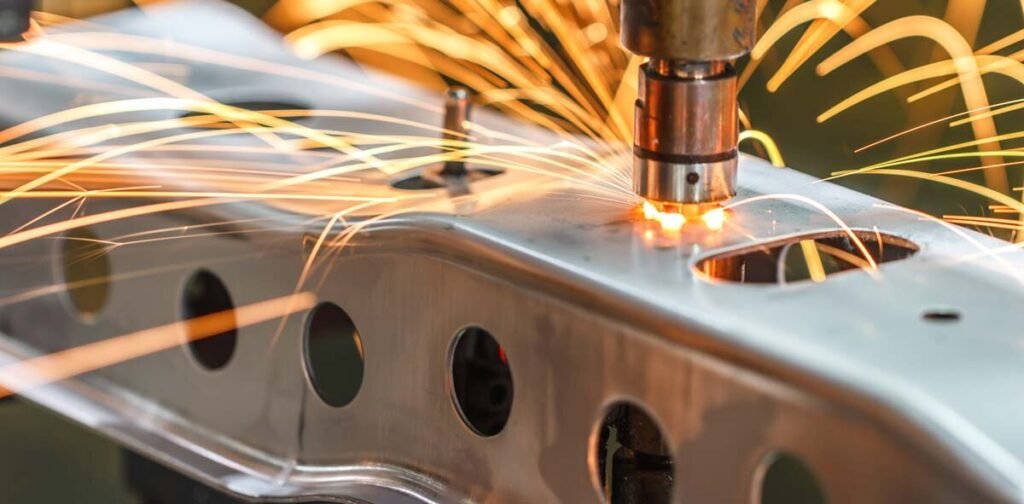
スポット溶接の利点
スポット溶接にはいくつかの利点があり、さまざまな産業で金属板の接合によく使用されています。ここでは、その主な利点をいくつか紹介する:
高速性と効率性
スポット溶接は速いプロセスである。強力な溶接を短時間で行うことができるため、非常に効率的です。そのため、大量生産に適している。
最小限の歪みと変形
スポット溶接の局所的な熱は、周囲への影響を制限する。そのため、歪みや変形のリスクが減少し、材料の形状と完全性が維持されます。
丈夫で耐久性のあるジョイント
スポット溶接は、信頼性の高い強固な接合部を形成する。形成された溶接部は耐久性に優れ、機械的ストレスに耐え、長期間の性能を発揮します。
大量生産における費用対効果
スポット溶接は、特に大量生産において費用対効果が高い。サイクルタイムが速く、運用コストが低いため、大量の部品を製造する場合によく選ばれています。
スポット溶接の課題と限界
スポット溶接は効率的で信頼性の高いプロセスですが、それなりの課題や限界があります。ここでは、考慮すべき重要な問題をいくつか紹介する:
材料の適合性の問題
すべての材料がスポット溶接に適しているわけでは ない。高炭素鋼や抵抗の高い金属など、一部の金属は、効果的な溶接ができない場合があります。強靭で信頼性の高い溶接を実現するには、材料の適合性を確保することが極めて重要です。
厚い材料の溶接が難しい
スポット溶接は、厚い素材には効果が薄い。熱と圧力が強い接合を生み出 せず、溶接部が弱くなる可能性がある。厚い金属の溶接には、特別な技術や追加の工程が必要になることが多い。
高い設備投資とメンテナンス・コスト
スポット溶接は大量生産にはコスト効率が良いが、設備は高価になる。さらに、最適な性能を確保するためには定期的なメンテナンスが必要であり、特に小規模な事業では、これが全体的なプロセス・コストに拍車をかける可能性がある。
スポット溶接の用途
スポット溶接は、その汎用性と効率性から、さまざまな産業で多くの用途があります。主な分野での用途をいくつかご紹介します:
自動車産業
スポット溶接は自動車産業で広く使われている。スポット溶接は 組み立て 車体やその他の構造部品。このプロセスは、高速、高強度、高信頼性の溶接を提供し、自動車の大量生産に最適である。
電子機器製造
電子機器では、スポット溶接によってバッテリー端子、ワイヤー、コネクターなどの小さな部品が接合されます。精度が高く、デリケートな素材を扱うことができるため、信頼性の高い電気接続を実現するのに理想的です。
電化製品と白物家電
スポット溶接は、冷蔵庫、洗濯機、食器洗い機などの家電製品の製造において重要な役割を果たしている。スポット溶接は、通常の使用や摩耗に耐える強固な接合部を提供し、耐久性の向上に貢献している。
航空宇宙
航空宇宙および航空分野では、航空機や宇宙船の部品に使用される軽量素材をスポット溶接で接合します。この工程では、重量を最小限に抑えながら、強度と耐久性のある接合部を確保します。
結論
スポット溶接は、鉄、アルミニウム、銅など、さまざまな材料を接合するための非常に効率的で信頼性の高いプロセスです。高速、最小限の歪み、丈夫で耐久性のある接合など、いくつかの利点があり、自動車、電子機器、家電製品などの産業に最適です。
次のプロジェクトで高品質のスポット溶接サービスをお探しですか? お問い合わせ 当社の専門チームがお客様のニーズに合ったソリューションを提供する方法について、今すぐご相談ください!

ケビン・リー
レーザー切断、曲げ加工、溶接、表面処理技術を専門とし、板金加工において10年以上の実務経験があります。シェンゲンのテクニカルディレクターとして、複雑な製造上の課題を解決し、各プロジェクトにおける革新と品質の向上に尽力しています。

